Featured Articles
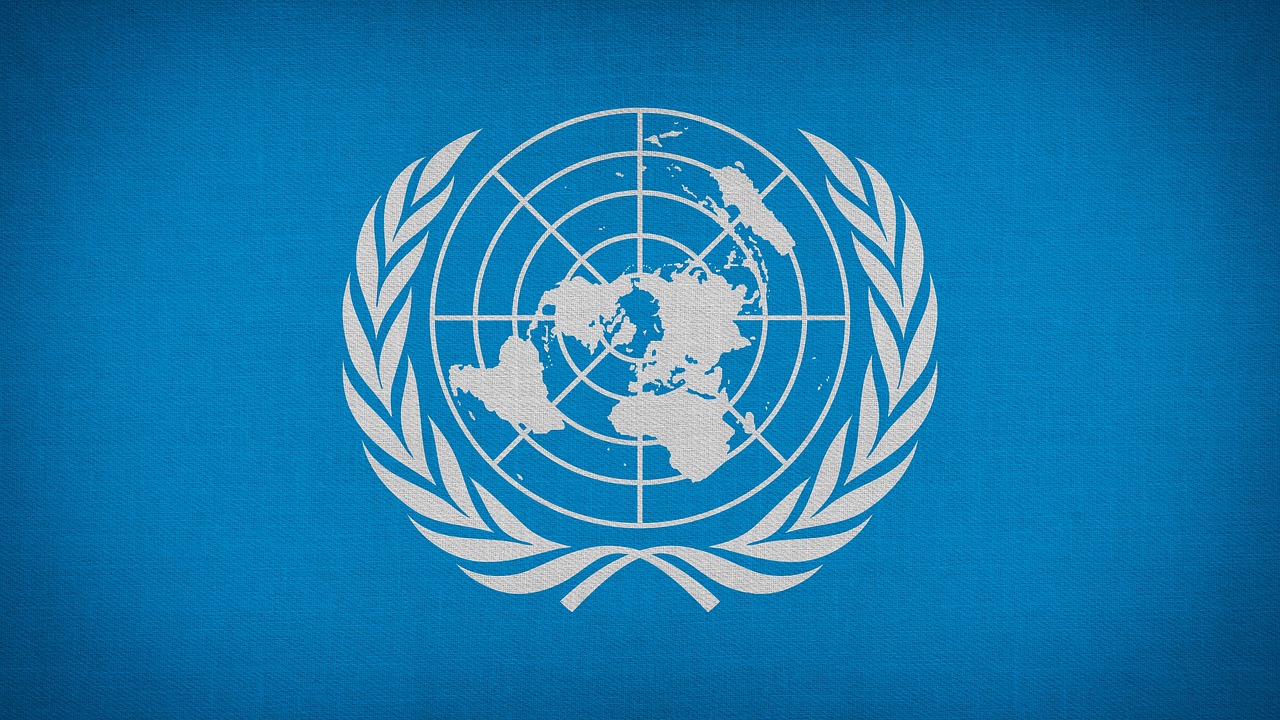
- Details
- By Sæbjörn Leafslayer
- Category: Opinions
- 1666
Debunking Agenda 2030 Conspiracy Theories: Facts Over Fiction
Agenda 2030 is a comprehensive plan adopted by the United Nations in 2015, consisting of 17 Sustainable Development Goals (SDGs) designed to address global challenges such as poverty, inequality, climate change, environmental degradation, peace, and justice by the year 2030. While the Agenda aims to promote global cooperation and sustainable development, it has also become the subject of various conspiracy theories.
Read more: Debunking Agenda 2030 Conspiracy Theories: Facts Over Fiction
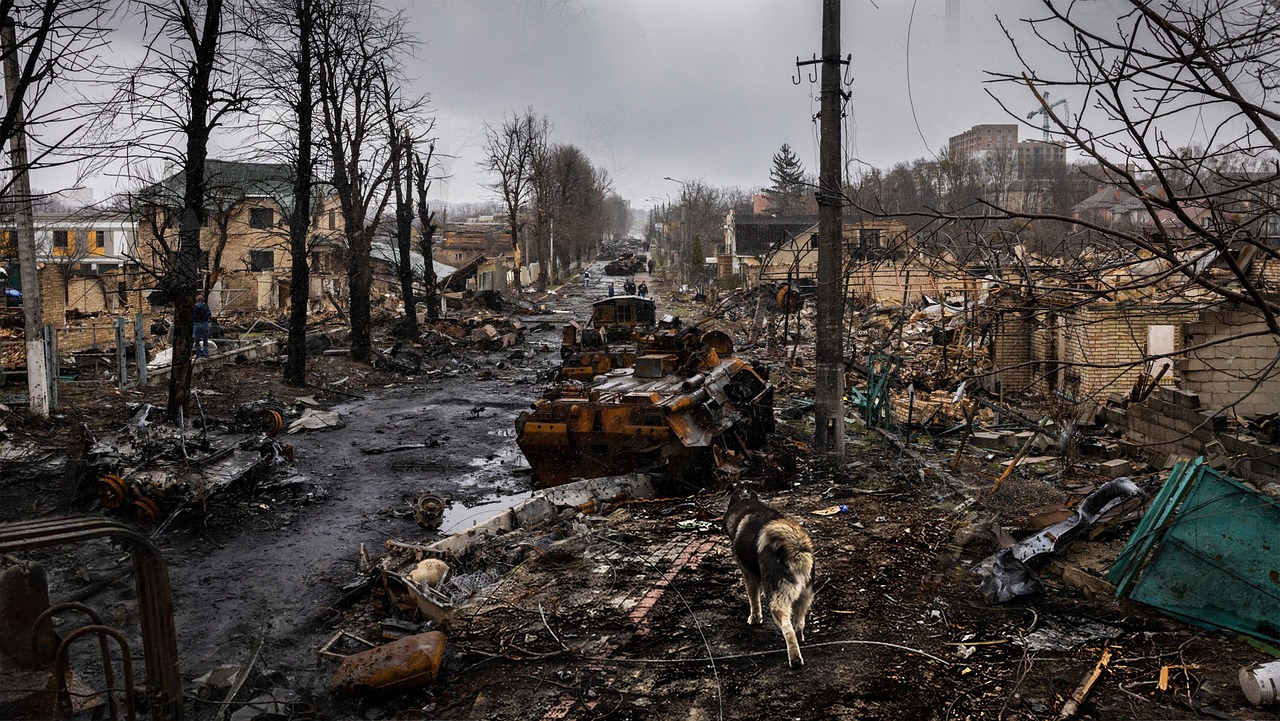
- Details
- By Sæbjörn Leafslayer
- Category: Opinions
- 659
World War III Won't Happen
The belief that global conflict won't erupt examines things from multiple lenses—the political landscape, tactical preparedness, and ideological standpoints. Let's explore why some think another world war is improbable:

- Details
- By Sæbjörn Leafslayer
- Category: Opinions
- 658
Conspiracy Theory Trigger Words
Conspiracy theories frequently utilize specific terms or expressions to generate intense reactions or hint at hidden motives. These words can manipulate perceptions and cultivate mistrust or anxiety. Some common trigger expressions include:
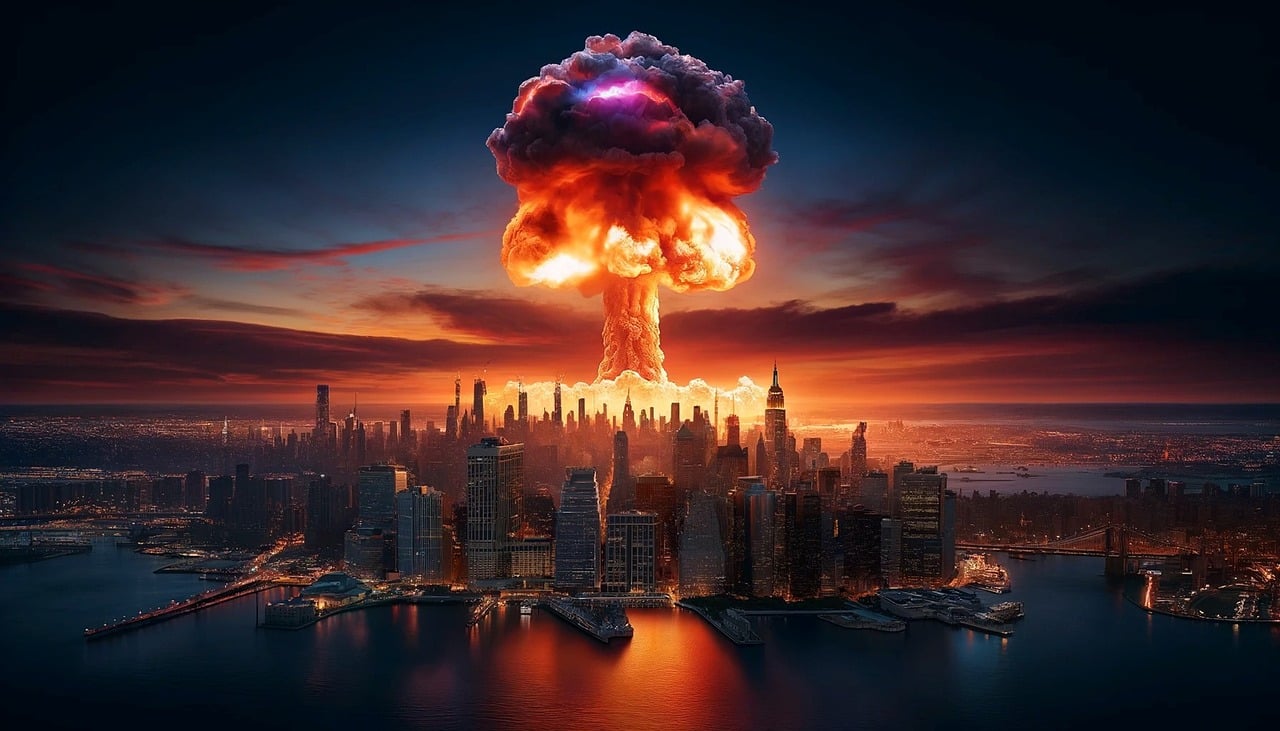
- Details
- By Sæbjörn Leafslayer
- Category: Opinions
- 711
Could Iran Really Declare It Has Nuclear Weapons Soon?
Iran's potential nuclear weapons plans are worrying. They've had issues with the U. S. and others for awhile, and their nuclear program keeps moving ahead without cooperating with atomic energy groups. If they announce having nukes soon things could blow up regionally or globally.
Having an armed Iran threatens more than their neighborhood and a regional arms race might start up, setting off fights with countries nearby. Rogue states or terrorists could also try getting their own nukes if Iran has them, making the world more uneasy and risky.
Read more: Could Iran Really Declare It Has Nuclear Weapons Soon?
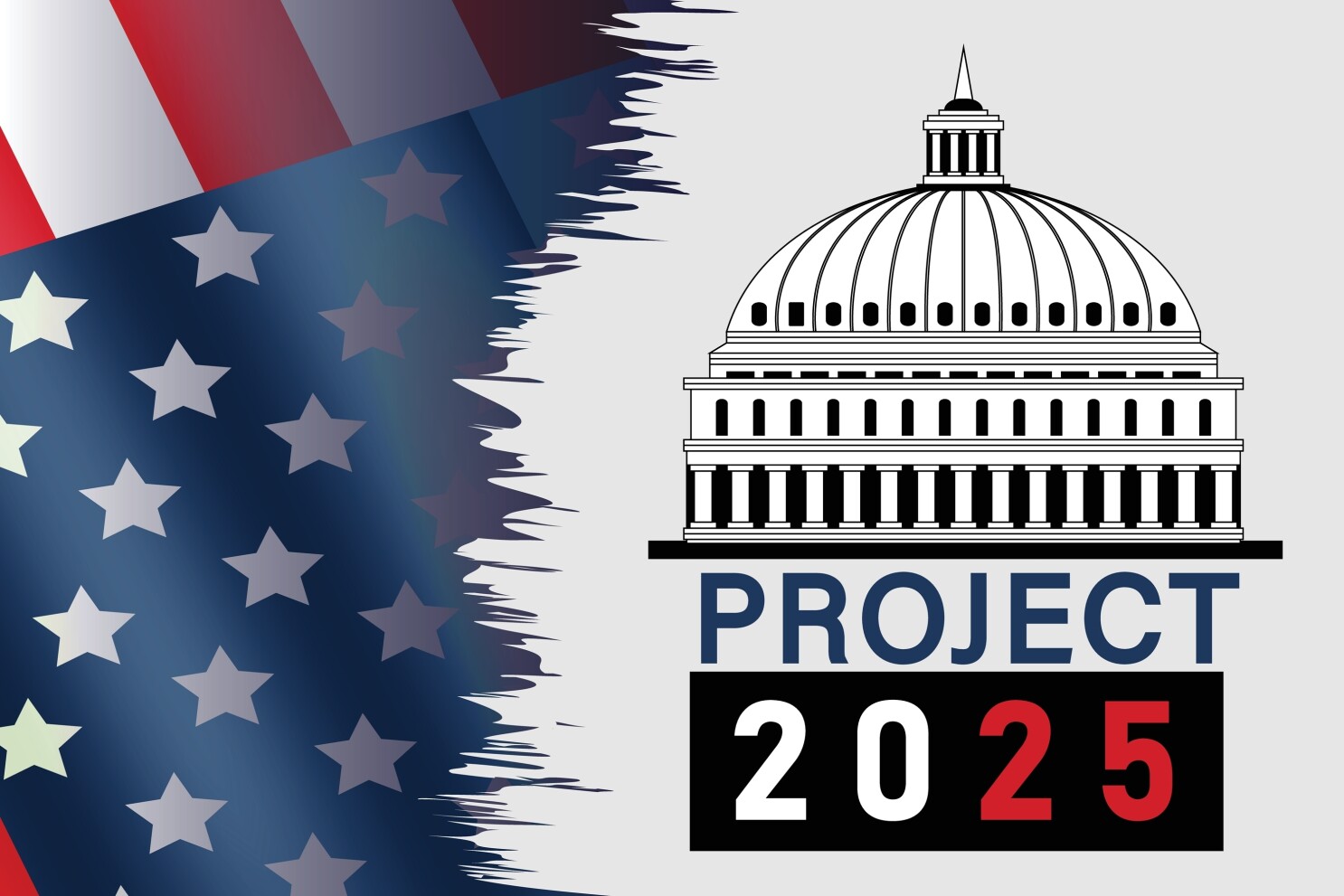
- Details
- By Sæbjörn Leafslayer
- Category: Opinions
- 793
Project 2025 Unlikely To Happen
Project 2025 is a term that encompasses various hypothetical scenarios, plans, or predictions about significant events or transformations expected to occur by the year 2025. However, there are several factors that could potentially prevent the realization of such a project.
Firstly, overestimation of feasibility can be a major roadblock. Technological limitations and resource constraints are common challenges that large-scale projects face. If the necessary technology fails to develop as expected or if there is a lack of resources, the project may not be achievable.
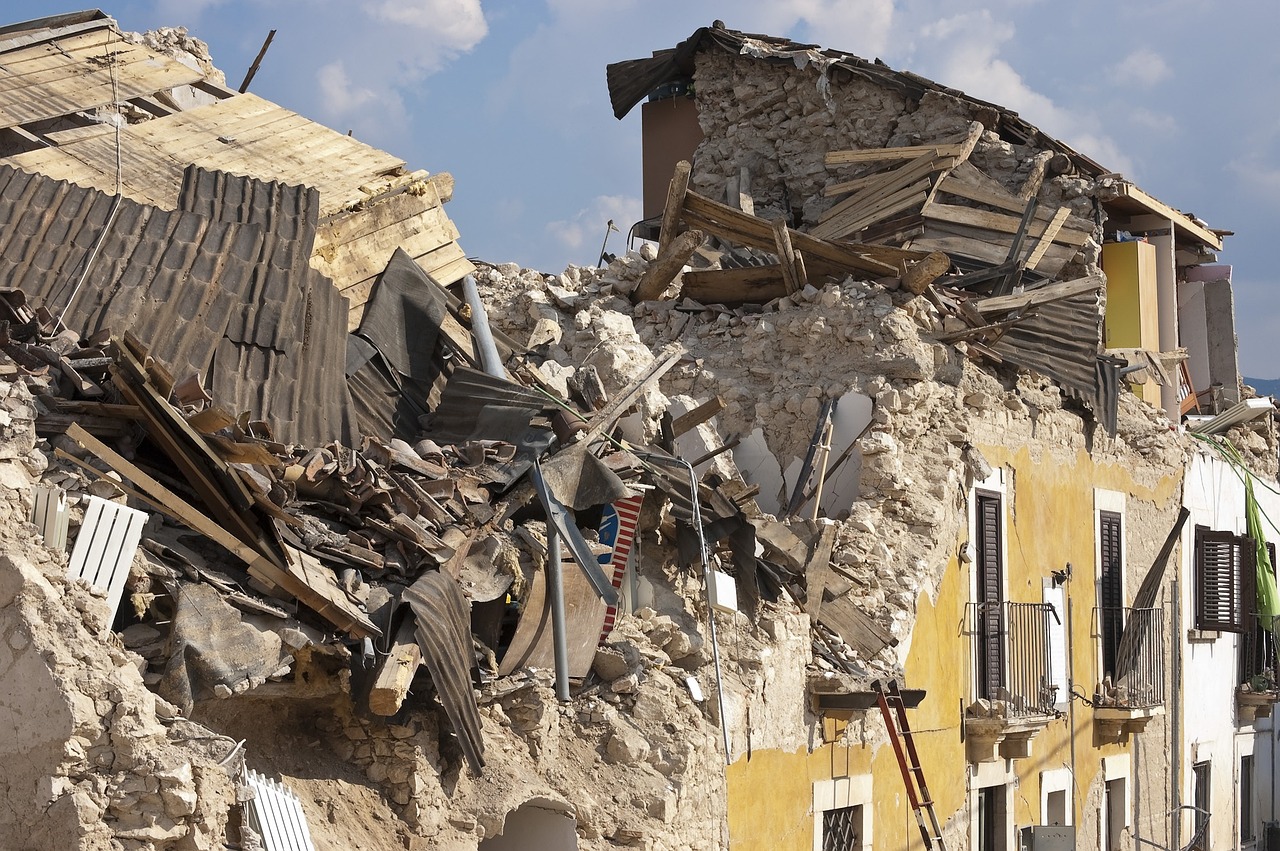
- Details
- By Sæbjörn Leafslayer
- Category: Opinions
- 745
Can Japan Survive a "Once in a Century" Earthquake?
So, the big question is whether Japan could really get smacked by a massive earthquake that could totally wreck everything, right? Well, considering Japans location on the Pacific Ring of Fire where tectonic plates collide, its definitely a possibility. I mean, look at the history - the Great Kanto Earthquake in 1923 and the Tohoku Earthquake in 2011 were no joke.
Read more: Can Japan Survive a "Once in a Century" Earthquake?
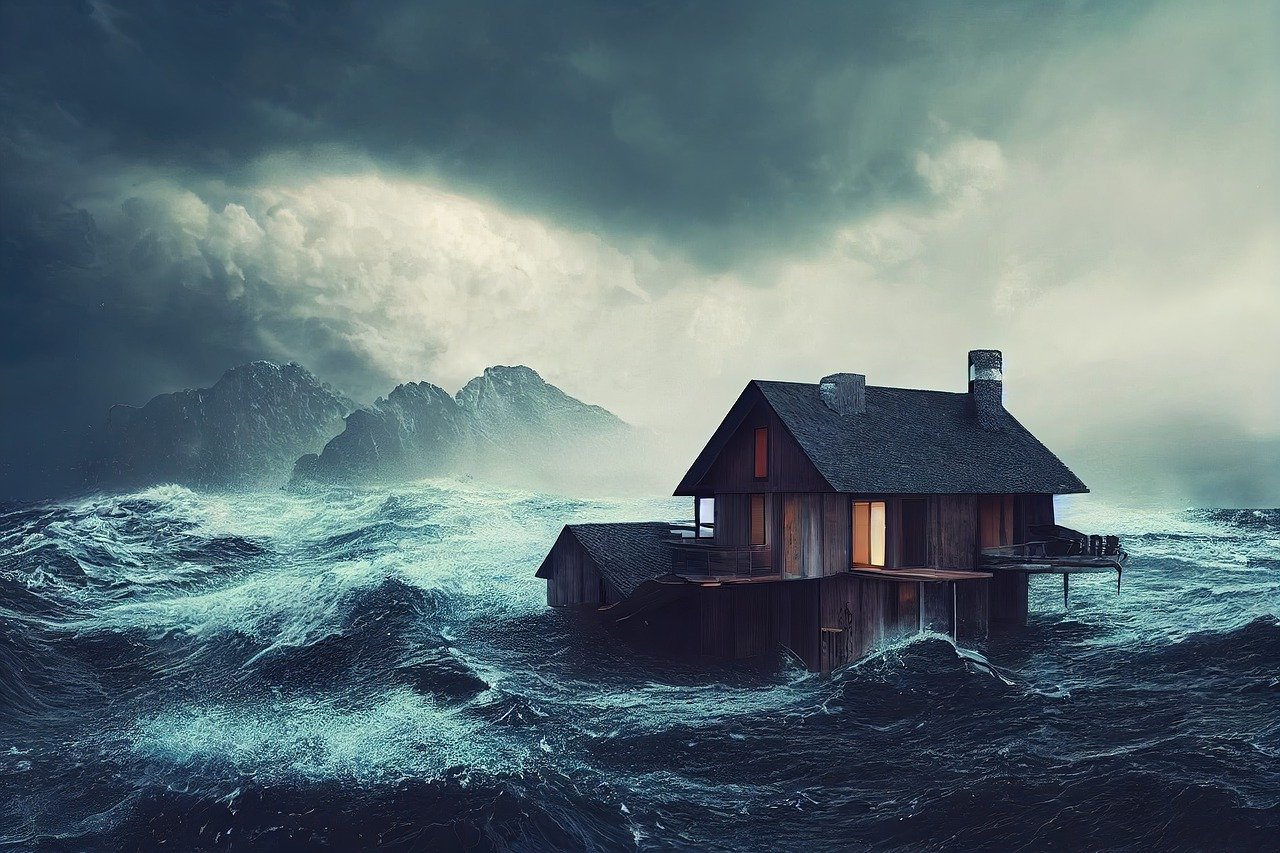
- Details
- By Sæbjörn Leafslayer
- Category: Opinions
- 1508
Are Tsunamis Becoming More Frequent ?
Tsunamis themselves are not becoming more frequent, but the factors that influence tsunami occurrences, such as seismic activity and climate change, are complex and evolving.The ongoing debate among scientists regarding the frequency of tsunamis raises important questions about the potential risks posed by these natural disasters. While some researchers attribute the apparent increase in tsunamis to factors such as climate change and rising sea levels, others argue that advancements in monitoring and detection technologies may simply be allowing us to better track and record these events.
